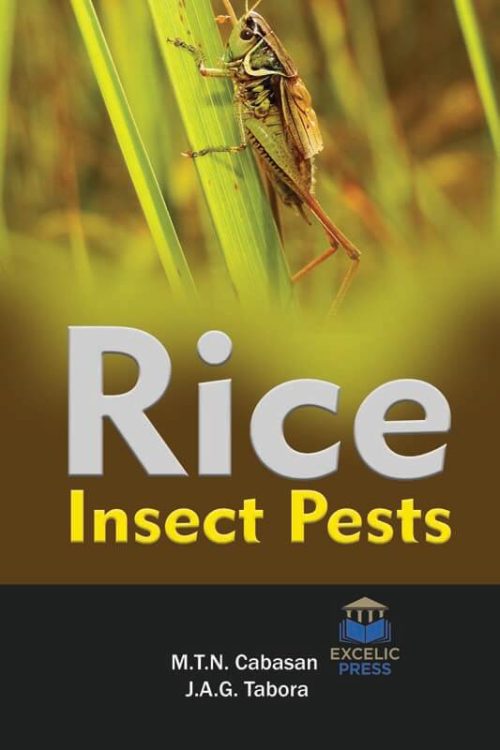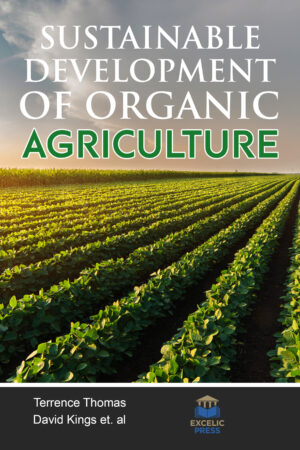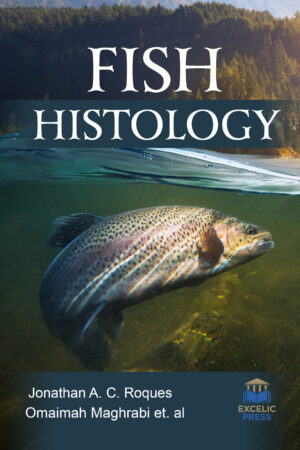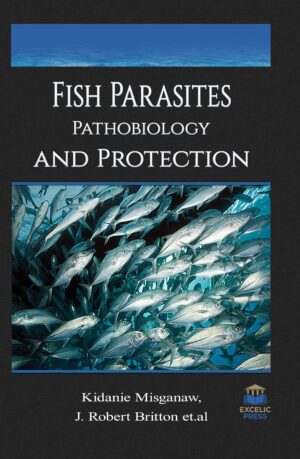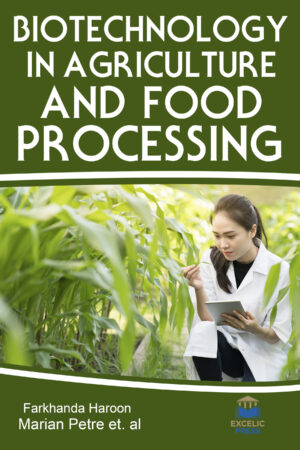Description
Rice is one of the most important human food crops, occupying one-tenth of the world’s arable land and accounting for around 20 percent of total global grain production. Compared to other grains, however, a relatively small proportion of the world’s rice crop is traded internationally. Therefore, self-sufficiency in rice is perceived as key to ensuring national food security in countries where rice is the main staple. With the present reduction within the vary of pesticides, that area unit out there to farmers, efforts to search out different methodologies for insect resistance are on the increase. As a result, breeding for insect-resistant crops have received inflated attention and lots of seed firms advertise their insect-resistant varieties. These insect resistance traits have come back from a spread of sources, as well as plants and micro-organisms. A large community of insects and spiders is associated with the rice crop, some are pests, but most are harmless or beneficial species.
This book elaborates state of the art coverage on a variety of rice insects and the development and implementation of the techniques of integrated control. Integrated pest management (IPM) is an environmentally friendly technology. IPM may be a varied approach to persecutor management that seeks to attenuate the negative impact on the surroundings. This system is a very important step towards providing healthy, viable food for a growing world population. A farmer’s practices and a well-designed IPM set up ought to be closely connected in rice ecosystems. A successful IPM plan accounts for the protection of beneficial insects, secondary pest outbreaks, the spread of disease, contamination of air, water, and soil resources, and pest resurgence.
Thus, efficient, safe, low-cost pest control strategies are needed to reduce the reliance of farmers to pesticides and to improve agricultural production and food security of farmers. The book also focuses that IPM practices as an effective strategy for gaining high rice yields while protecting the environment and creating a more sustainable agroecosystem. Also, the need for ongoing research and training on IPM methods that will be essential for creating a sustainable rice agroecosystem are covered.

